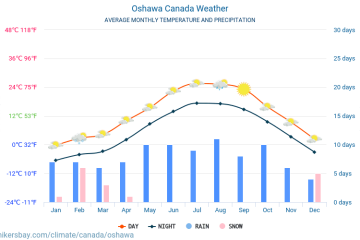New Fingerprinting Requirements for Canadian Snowbirds

Introduction
As more Canadians choose to spend their winters in warmer climates, the topic of fingerprinting requirements for snowbirds has emerged as a hot-button issue. With many Canadians traveling to the United States and other destinations, understanding the implications of these new regulations is crucial for travelers and their families. Snowbirds, who typically migrate south during the colder months, may face additional bureaucratic hurdles, leading to concerns about their travel plans and the security of their personal information.
Current Developments
Recent announcements from the Canada Border Services Agency (CBSA) indicate that Canadian snowbirds may soon be required to undergo fingerprinting when entering the United States. This new policy is part of a broader strategy to enhance border security and prevent illegal immigration. Starting in November 2023, all Canadians entering the U.S. will have their fingerprints scanned, which has raised alarm among many snowbirds who previously enjoyed seamless border crossings.
In response to this initiative, organizations like the Canadian Snowbird Association (CSA) have voiced their concerns. They argue that the new measures could lead to delays and complications for older adults who might not be familiar with such technological requirements. The CSA is advocating for a more nuanced approach that considers the needs of snowbirds, especially those who travel for extended periods and rely on seasonal migration for their quality of life.
Public Response
The public response has been mixed. Some Canadians see the fingerprinting as a legitimate security measure, while others view it as an infringement on their privacy. Forums dedicated to snowbird travel have seen an uptick in discussions, with many users sharing their concerns about the integrity of their biometrics and the potential for data breaches. Travel experts have also chimed in, suggesting that snowbirds educate themselves and prepare for potential delays due to the new protocols.
Conclusion
As the date for implementing fingerprinting approaches, it’s critical for Canadian snowbirds to stay informed about the new requirements and prepare accordingly. With the ability to travel being a significant aspect of their lifestyle, snowbirds must navigate these changes to minimize disruptions. In light of ongoing discussions regarding privacy and security, it remains to be seen how the situation will evolve and what adjustments may be made to the policy. Snowbirds are encouraged to visit official government websites for the latest updates and best practices to ensure their travel plans remain intact.









